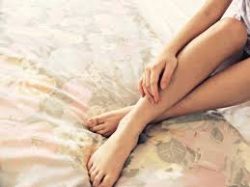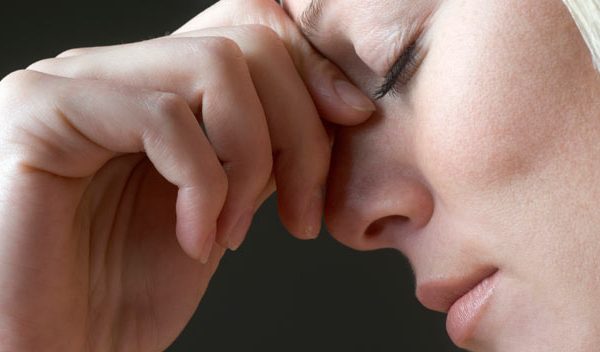RLS, commonly known as restless leg syndrome, can quickly make a restful night’s sleep seem like an impossible undertaking. Sufferers experience tingling, crawling and even searing-like sensations in their legs, most often during the nighttime hours. It is possible to get RLS from opiate withdrawal.
People recovering from opiate addiction may go through bouts of RLS during detox withdrawal or during periods that follow the detox stage. As sleep deprivation can wreak havoc for people in the recovery process, finding ways to cope with RLS can mean the difference between a successful recovery and relapsing back into drug use.
As most every opiate withdrawal symptom has its own trigger, identifying RLS triggers can go a long way towards helping to prevent RLS symptoms from developing. In cases of severe RLS, medication options may be necessary. Home remedies also offer simple, convenient methods for relieving or controlling RLS symptoms.
Opiate Withdrawal & Restless Leg Syndrome

RLS is a symptom of opiate withdrawal for some people.
The damaging effects of opiate drugs on central nervous system pain signaling pathways increase the likelihood of developing RLS symptoms during opiate withdrawal stages. According to the University of Maryland Medical Center, RLS symptoms develop when the legs feel most relaxed or are at rest.
Under normal conditions, pain-signaling pathways go dormant when the body rests. As central nervous system functions repair leftover damage, nerve signals can misfire causing abnormal sensations along nerve pathways.
The resulting loss of sleep can further aggravate the opiate withdrawal stage, as sleep interruptions offset hormonal levels, which in turn sets the stage for emotional problems to develop. Under these conditions, withdrawal effects and drug cravings can quickly go from bad to worse.
RLS Triggers
During the course of opiate withdrawal, certain substances and activities may actually aggravate as well as trigger RLS symptoms. RLS triggers stimulate specific chemical reactions in the brain and/or body, such as hormone level changes and increases in energy levels.
A person can reduce or even eliminate RLS symptoms by avoiding the following triggers:
- Excess stress
- Nicotine
- Vigorous exercise
- Excess amounts of refined sugar
- Caffeine
- Antihistamine medicines
- Alcohol
Medication Options
While RLS conditions can develop in most anyone regardless of the presence or absence of opiate withdrawal, RLS symptoms tend to come and go as the opiate withdrawal period wears off. For this reason, it’s typically not necessary to prescribe medications commonly used to treat RLS conditions brought on by opiate detox.
Medications used to treat opiate withdrawal in general work well for helping to relieve symptoms of RLS. Clonidine, Klonopin and Valium are commonly used to help reduce opiate withdrawal distress and can help provide some relief from RLS.
Home Remedies
Home remedies for RLS work directly on the nerves in the legs. As with any home remedy, some may work and some may not depending on how a person’s body responds.
Home remedies to try include:
- Mild to moderate exercise during the day
- Massaging the legs before bedtime
- Deep stretching exercises
- Soaking in a hot bath
- Icy-Hot cream
- Tiger-Balm lotion
- Cold shower before bedtime
- Ice packs or hot pads depending on which works best
- Wearing pantyhose or long socks at night
- Wearing compression stockings during the day









